Getting the right fonts for any design project that you might be working on is important. This is because they help you bring the vision that you have in your imagination to reality. The Bauhaus font style is a popular one that has been used for quite some time in design.
It has simple forms and it promotes the idea that mass production can be reconcilable with an individual artistic approach. The Bauhaus style has been also known for impacting modern design in architecture. So, as we can see it touched not only the typography world but also interior design, industrial design, and graphic design.
Bauhaus font examples
Neubau Pro
This typeface was created in 2009 and it has a geometric display. The source of inspiration for it came back from Joost Schmidt lowercase letters. They were created in Bauhaus Dessau during 1925-1928.
Schmidt is known for being a proponent of New Typography, the movement that was claiming the use of only lowercase letters. The letters were created geometrically using a ruler and compass.
The Neubau Pro is an updated edition of Bauhaus font family. They focused on changes to the shapes and the extension of glyph amounts. This meant they can support more Latin languages together with Greek and Cyrillic languages.
DIN 1451
It was made in 1931 according to German standard. DIN stands for “Deutsches Institut fur Normung (Deutsch Institute for Standardization). It actually looks like a modern typeface. It follows the principles of the Bauhaus font.
The two strong characteristics that it has are:
– It’s a condensed font and this means it offers a strong shape
– It has beautiful details that make it feel serious and gentle at the same time
Nobel
The Nobel was released back in 1929. Tobias Frere-Jones created a revival of Nobel for Font Bureau back in 1993 and it described it as “Futura cooked in dirty pots and pans”. You can find this font in six styles that match italic and regular versions.
FF Bau
The Bauhaus Font was also an inspiration for the FF Bau. It has 8 weights that go from Regular to Bold. Designers usually take advantage of this style and add it to advertising and packaging projects. It can also be used for editorial, logo, and branding designs with no problems.
It has interesting features like ligatures, case-sensitive forms, fractions, and subscript characters. What we also liked is the range of figure set options together with lining figures and old-style.
Dominion Font Family
The Bauhaus typography also brought the Dominion. It was released in the 70s during a film called Lampoon. It has different geometric shapes. Consider it a strange mix between the early Bauhaus minimalism and the sharp square typefaces used later.
Dez Weimar Plakat Pro
Dez Weimar Plakat Pro is inspired by an exhibition poster. It has different languages support together with Greek and Cyrillic. You get almost 800 glyphs when you go for this Bauhaus typeface style.
Twentieth Century
The Twentieth Century has as foundation geometric shapes that are from Germany of the 1920s. It did become an important part of the Bauhaus movement. It is a clean, sans serif font that has geometric shapes.
It’s lighter versions can be used for sure in text setting. The bold versions can work better in headlines or publicity.
Architype Universal
Next on our Bauhaus font examples, we find Architype Universal. This one comes more from the work of many designers. Their ideals were to bring in front design philosophies of modernist movements from Europe.
It is based on the Herber Bayer’s 1931 alphabet and still has a modern style. Even though we can say it is quite an old typeface we can see the grid-based and the geometric principles behind its construction.
FF Super Grotesk
FF Super Grotesk is inspired by one of the most known sans serifs in use in East Germany. We are talking about the Futura. Currently, you will be able to see this typeface probably just in books that come from that time.
It’s a nice looking Bauhaus font and you can see that the special symbols and characters used can be a good fit.
Insignia
The Insignia has the basic forms of old fonts and was touched by the Bauhaus font typography during the 30s. It has round forms that reflect the Zeitgeist of the age and it also suggests progress.
Similarly, with other Bauhaus font, you can spot for sure the cutting-edge design that goes hand in hand with the computer era. There are four fonts that were derived from Linotype. We are talking about: Insignia, Insignia Industrial Solid, Industrial Inline and Arcadia. They are quite known for their style and are very used even today.
Bank Sans EF Font Family
This font family gives a various spectrum of usage. It’s been available for more than 80 years and we can still see it being used in graphic design projects. Even game producers use this typeface because it has nice geometric forms. This is one of the reasons why architects together with web designers have included it on their list as well.
Metro Office
The Linotype Office Alliance typefaces bring clarity. The font weights have the same character measurements. Its individual letters or words can have their styles changed with no line wrap affecting. Most of the numbers and mathematical signs are tabular.
What they do is they share the same set character width and this means you get clarity in any design. So yes, we can say it accomplishes the mission of the Bauhaus font.
Proxima Nova
Proxima Nova is actually a hybrid that brings modern proportions and also keeps its geometric appearance. It was released in 1994 as Proxima Sans but now it has a family of 42 fonts. In the last years, it has really become one of the most known popular web fonts that are being used by thousands of websites in the world.
If you enjoyed reading this article about Bauhaus fonts, you should read these as well:
- A set of funny fonts you could use in neat design projects
- Google font pairings: Font combinations that look good
- Best free fonts for logos: 72 modern and creative logo fonts
- Fun happy birthday fonts you can download with a click
The post Awesome Bauhaus font examples (Download them now) appeared first on Design your way.
Source: https://ift.tt/2zXH8NV
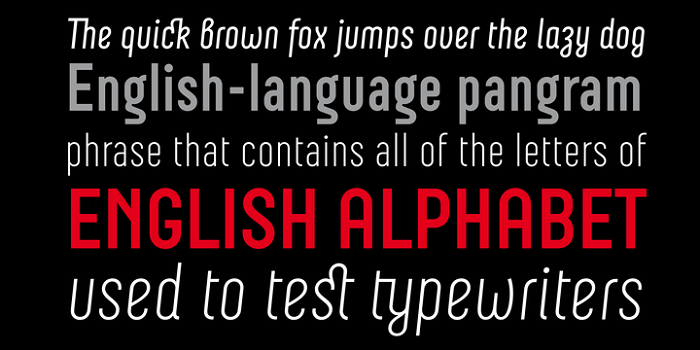
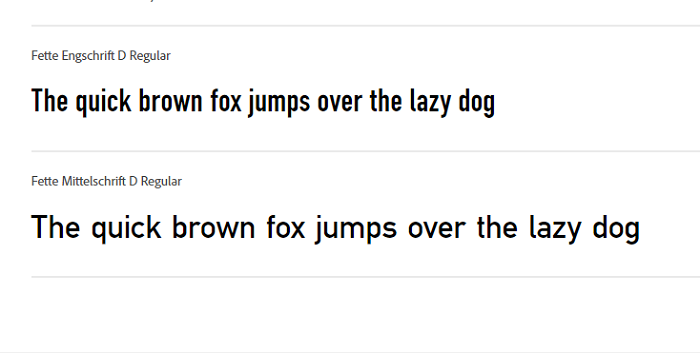
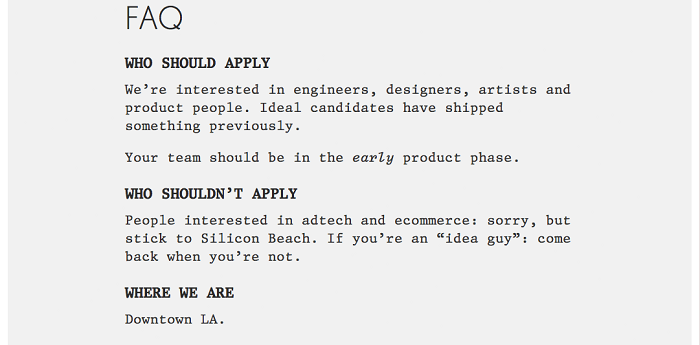
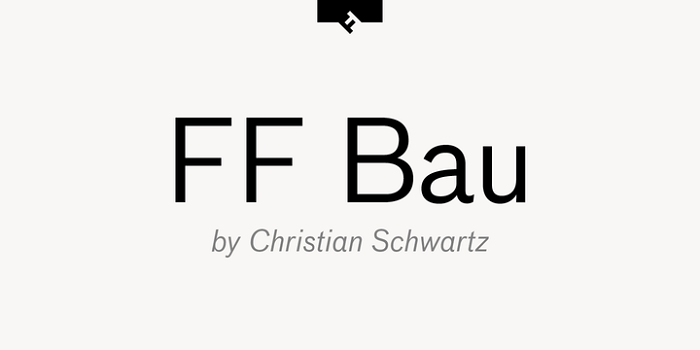
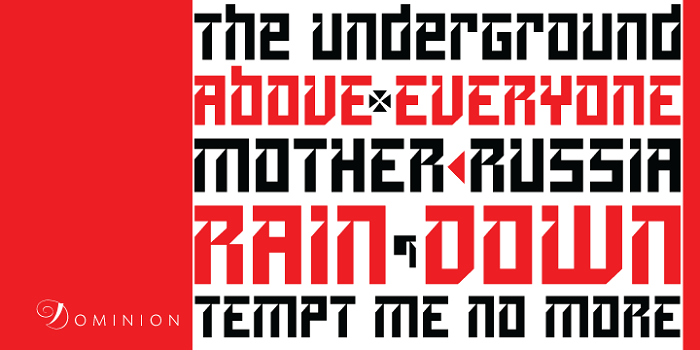
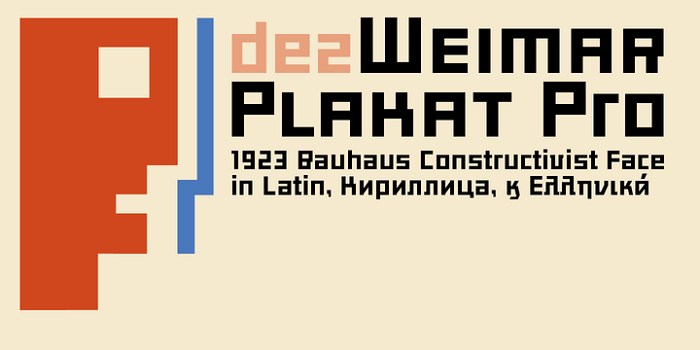
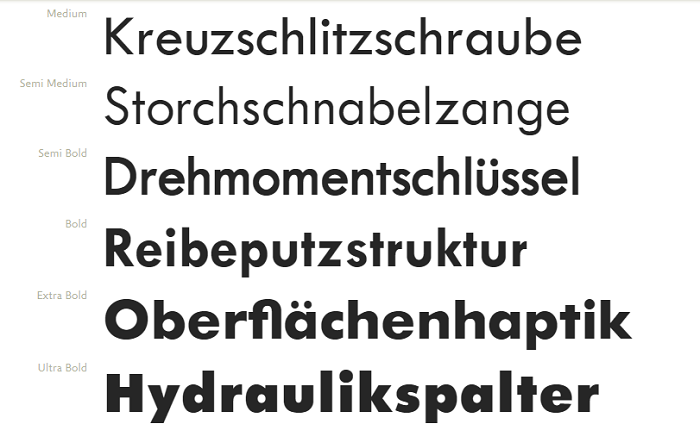
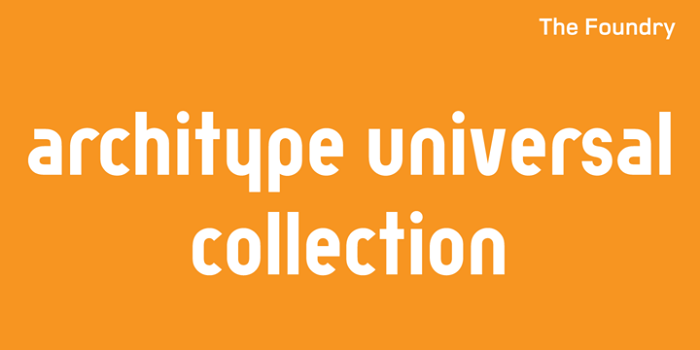
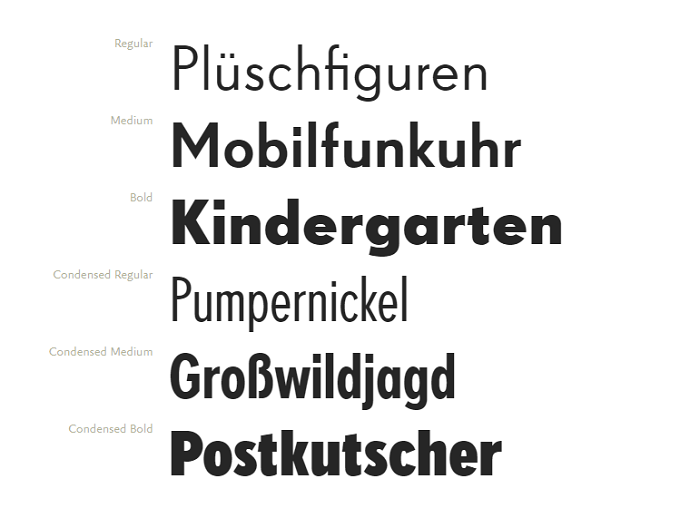
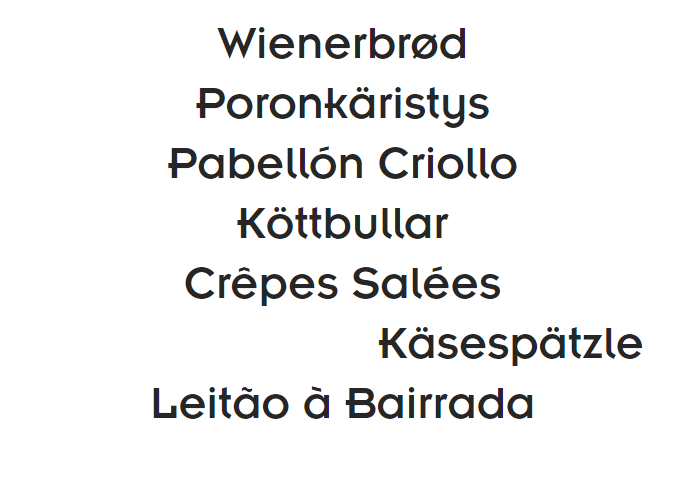
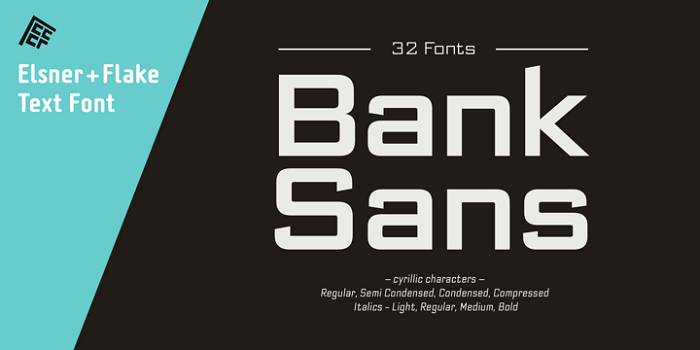
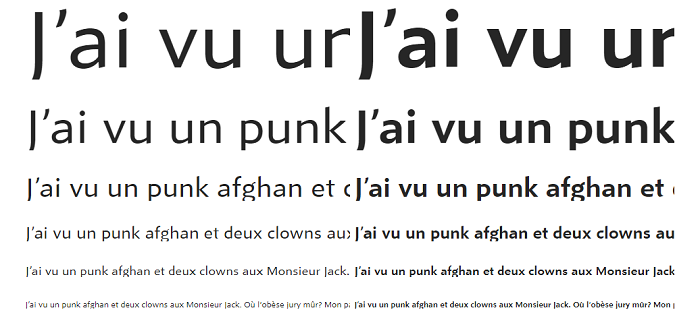
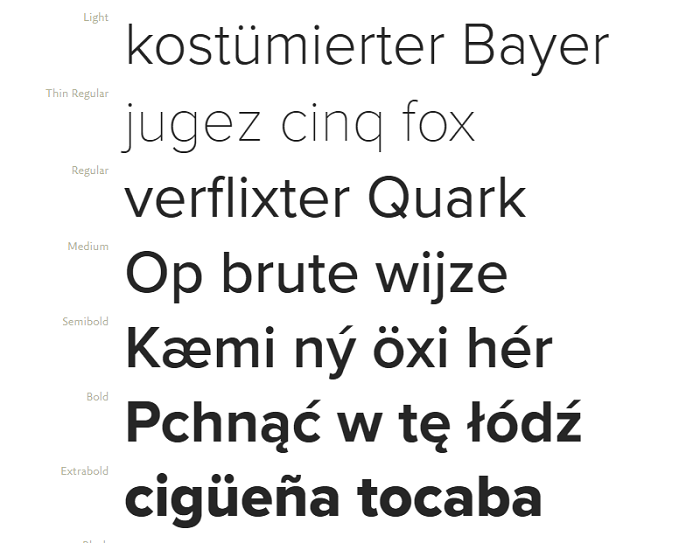

No comments:
Post a Comment